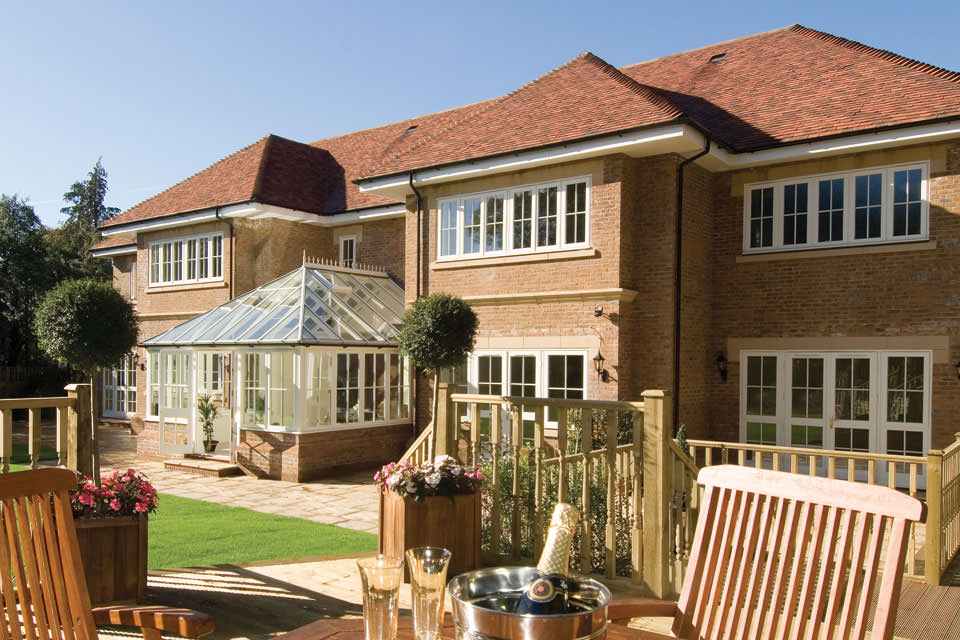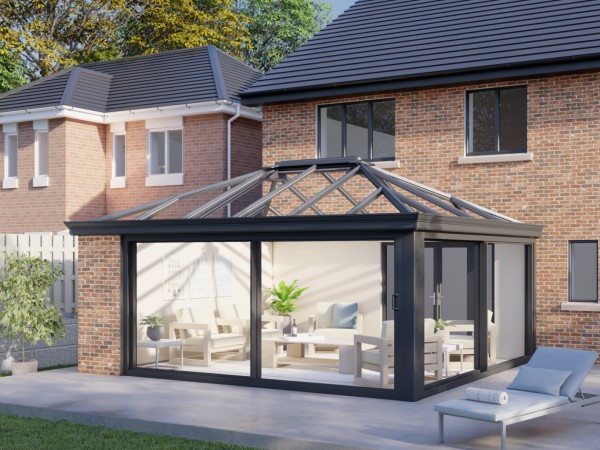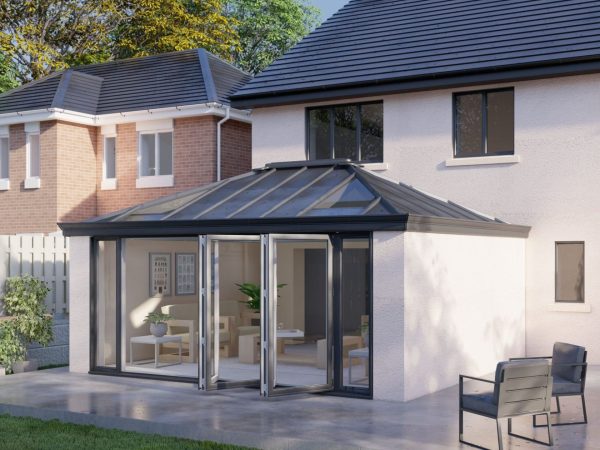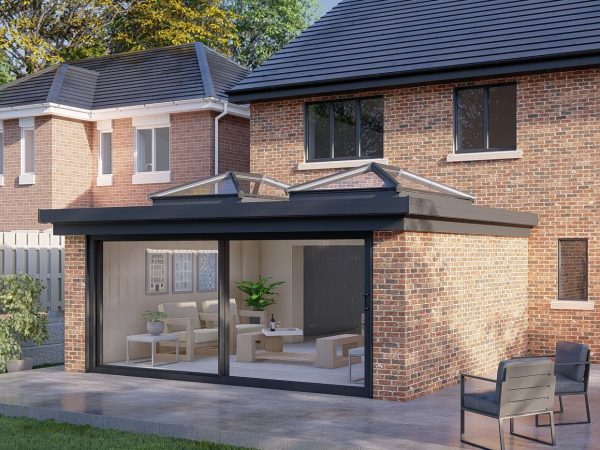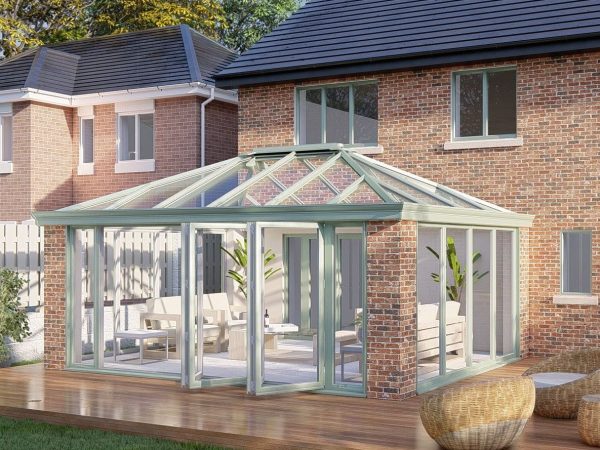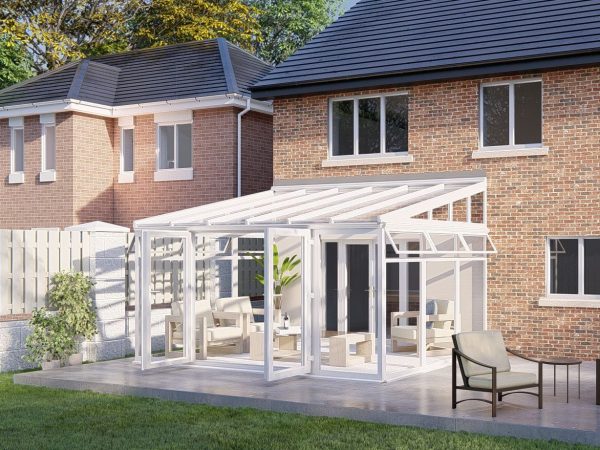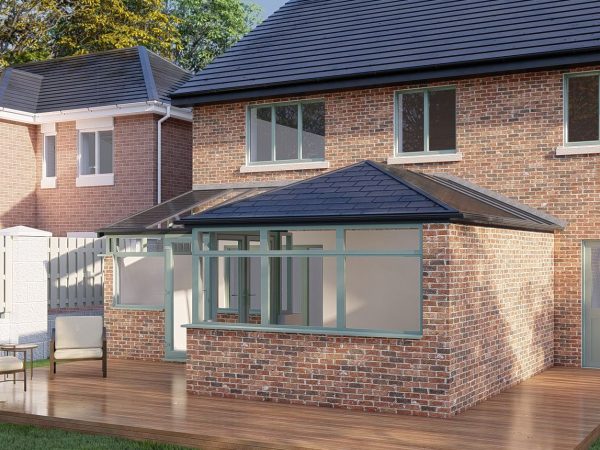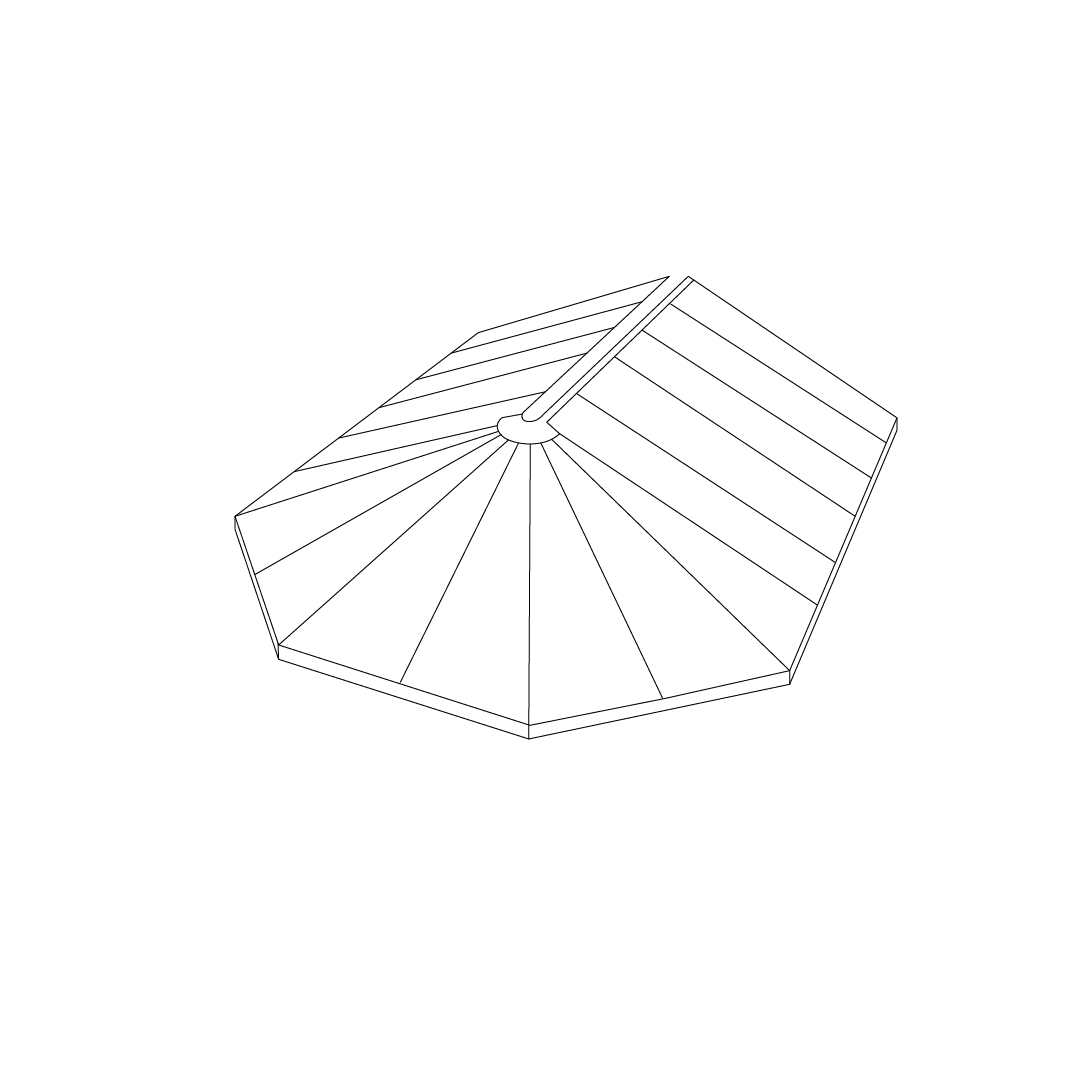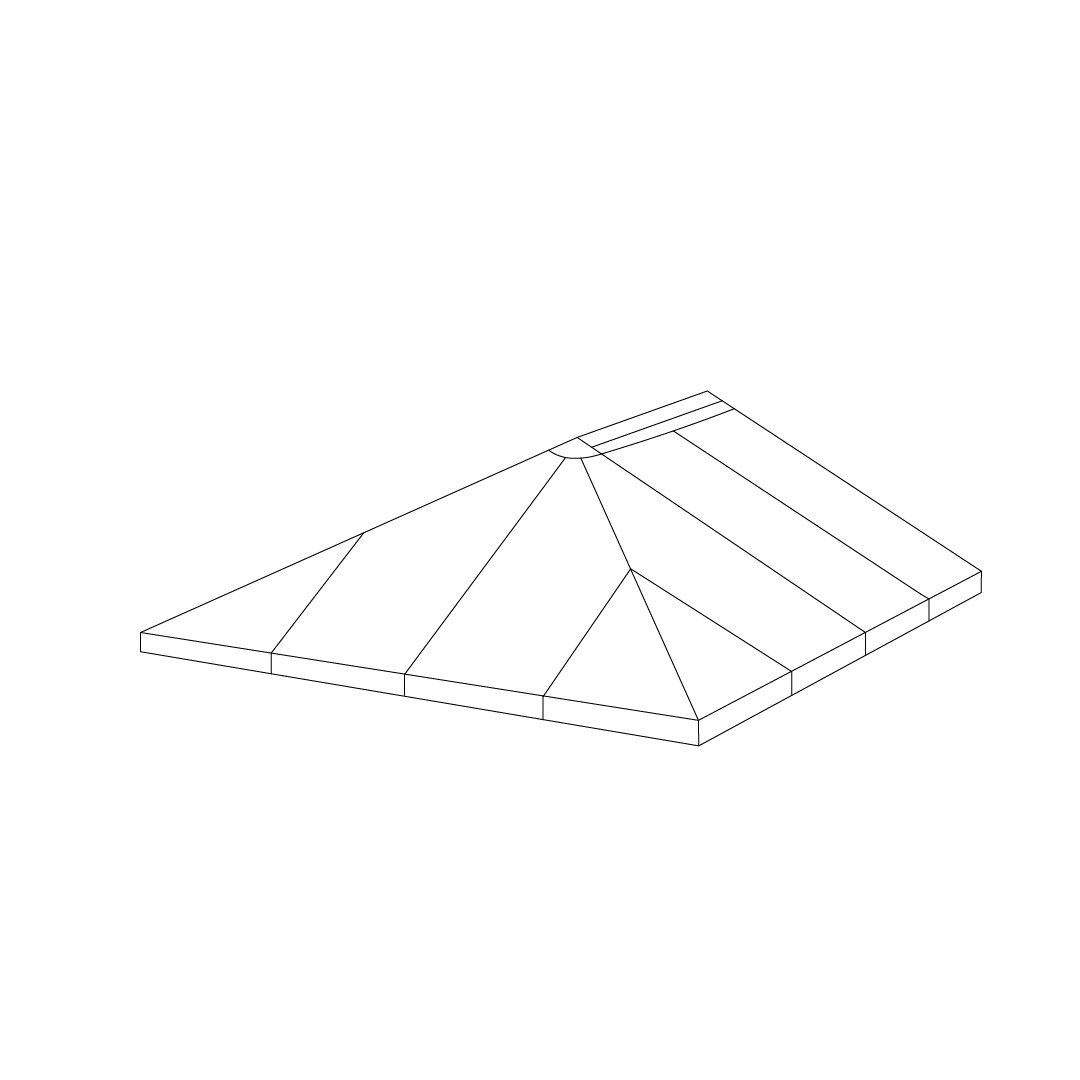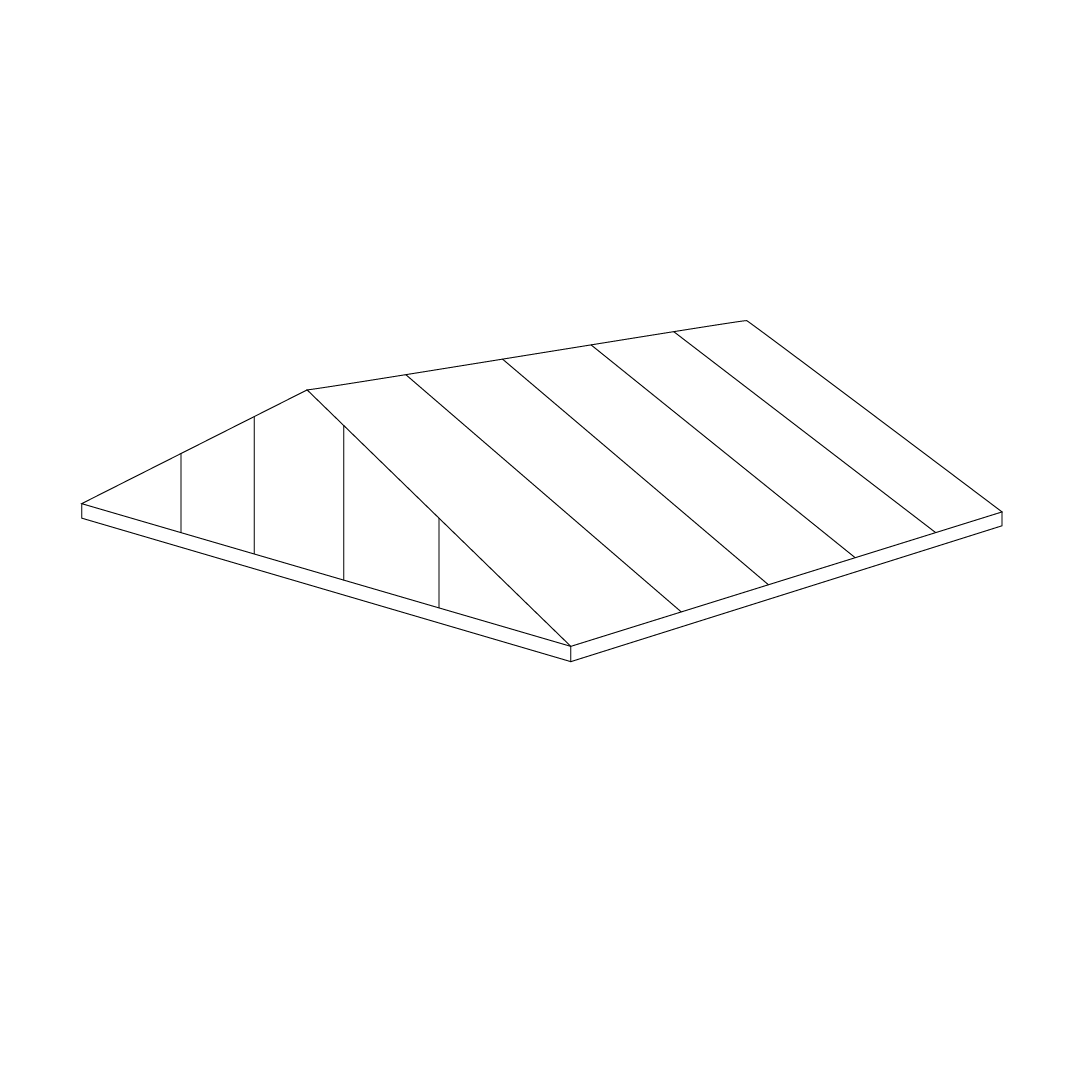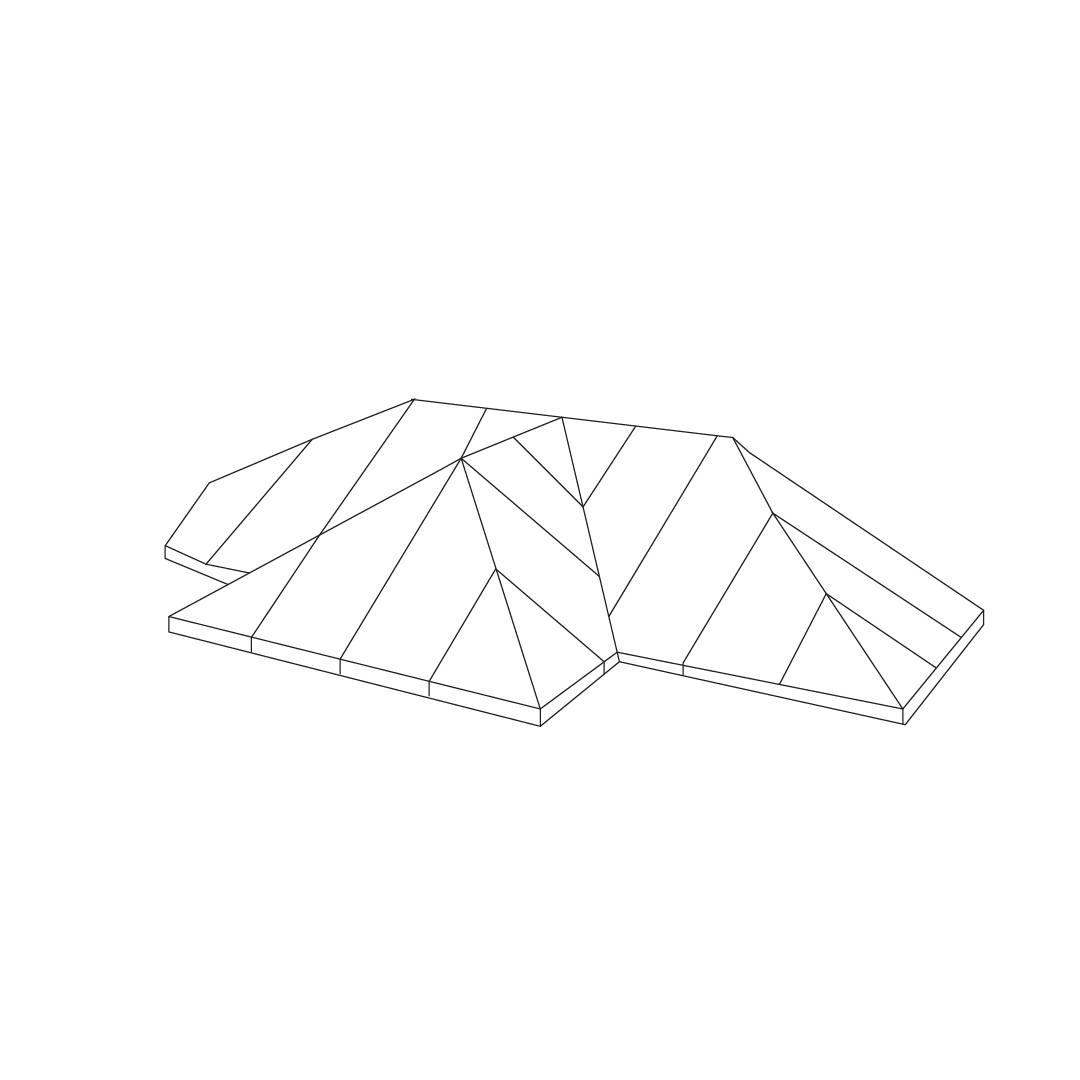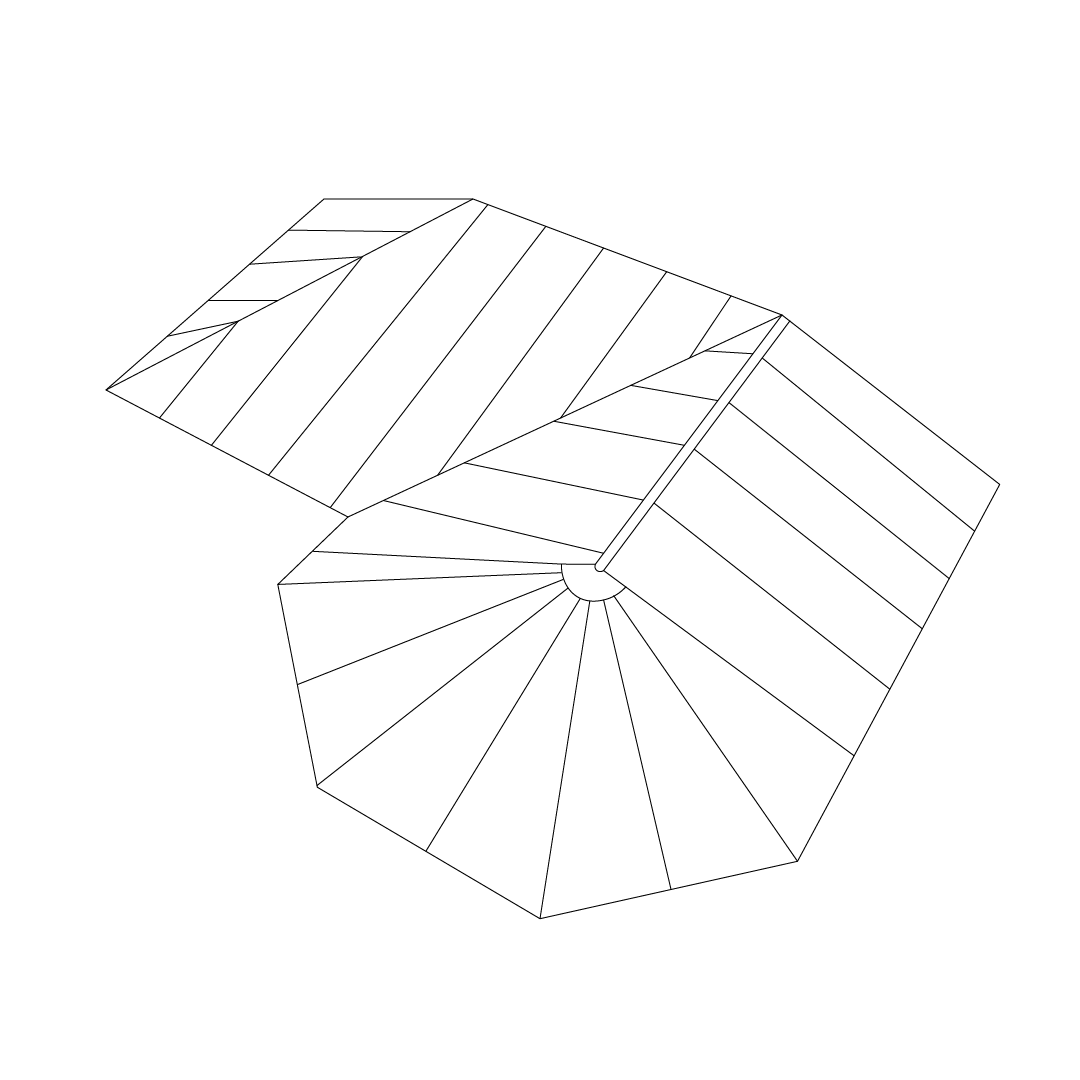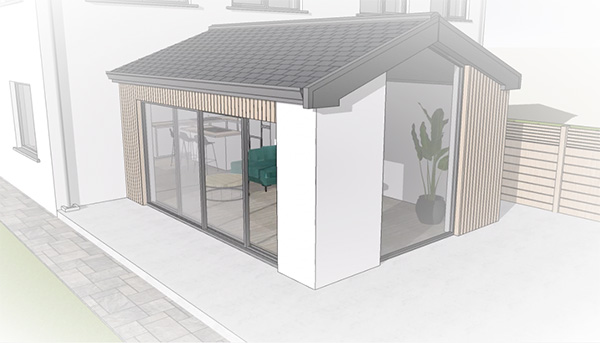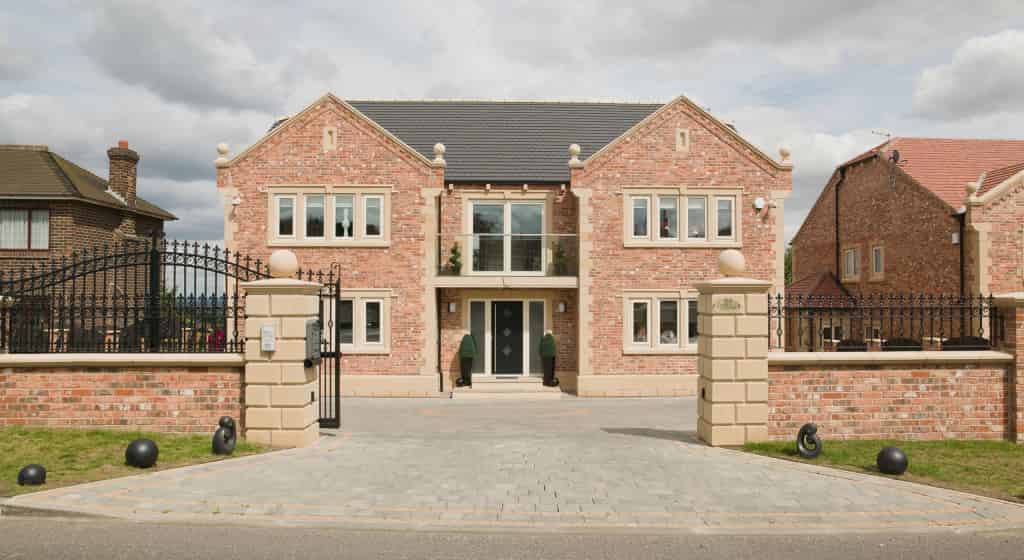We’ve all begun to notice the temperatures slowly starting to rise. As we leave the cooler months behind and head towards spring, we can all (hopefully) expect warmer days and lighter nights. Our homes are starting to become warmer, and the thermal retention our windows provide to keep us warm during the cold will quickly become less useful. Therefore our focus here at Abbey Windows turns towards ventilation.
Ventilation is the natural method by which we keep our homes cool during the spring and summer. By filtering the outside air through our homes, we move the warm air that builds up in our living spaces to the outside and replace it with fresh air that hasn’t retained any heat yet. This air movement prevents our homes from becoming hot and stuffy nightmares that both we and our pets hate. Furthermore, we’re all aware that the UK doesn’t always provide us with the driest springs and summers, so it is important to ventilate to prevent moisture build-up.
So which windows provide the best ventilation for your home? Here at Abbey Windows, we can try to answer that for you.
Casement Windows
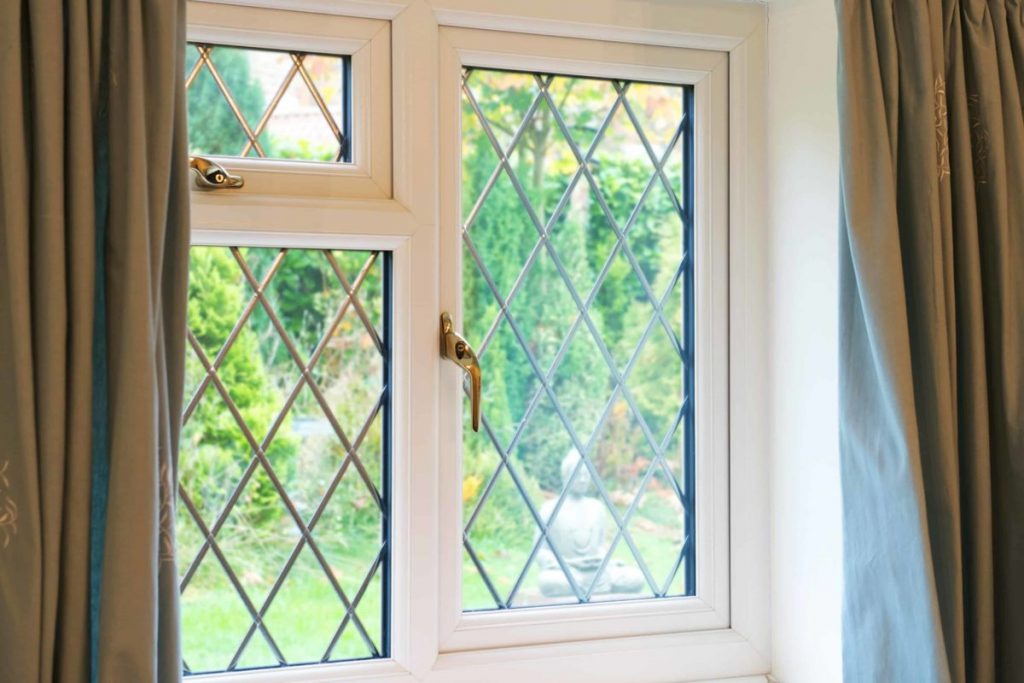
Casement windows are an extremely versatile and popular form of window that you will find on just about every modern property across the UK. These windows feature a hinge on the left or right side that allows the window to be opened outwards. Generally, the unit also features a smaller window hinged at the top and can also be pushed outwards. Casement windows are double glazed as standard and provide excellent insulation. Due to their variable size, you’ll likely find them in bathrooms and kitchens.
When it comes to ventilation, casement windows are an excellent choice for creating a funnelled breeze through your home. The outward opening creates a cross breeze that pulls air in across the window, drafting it into your home. Due to the cross breeze, the air doesn’t simply stay still once it enters your house. It creates a current that moves around the room. This current is made even stronger by a similar window opening on the opposite side of the house. As a result, casement windows provide a strong choice for winter and summer. The double glazing insulates the home during the colder months whilst also providing an option for a breeze to be funnelled through the home in the warmer months.
Tilt and Turn Windows
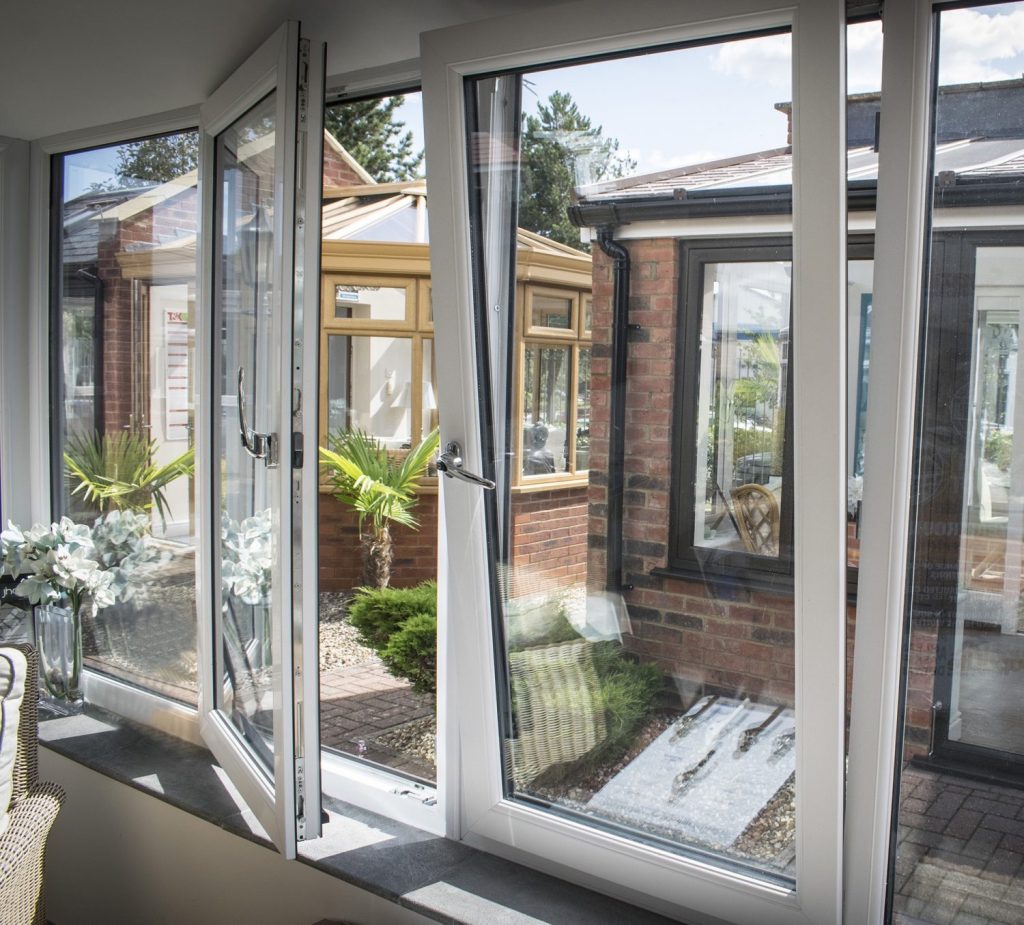
Tilt and turn windows offer a dual opening system. A modern innovation, these windows can either be tilted inwards via a locked hinge at the bottom or turned inwards via a locked hinge on either side. The angle of the handle determines which hinge is locked and which way the window will move.
Tilt and turn windows are the most versatile for ventilating your home. The tilt function creates a similar cross breeze to the casement window, with the benefit of repelling rain. If it begins to rain whilst your casement window is open (even slightly), water will enter your home through the vertical gap. On the other hand, tilt and turn windows are angled inwards. Any rain that comes into contact with the window drips away from the inside. This water repellence is a massive benefit for warm homes during the spring and summer, even during the rain. The plus of being able to ventilate your home during wet days keeps moisture levels within the home low, which helps to prevent mould build-up.
As a bonus, the window can be opened inwards instead on especially hot days. This feature lets your room become one with the outside air, creating a large opening to let air drift in and out.
Bow Windows
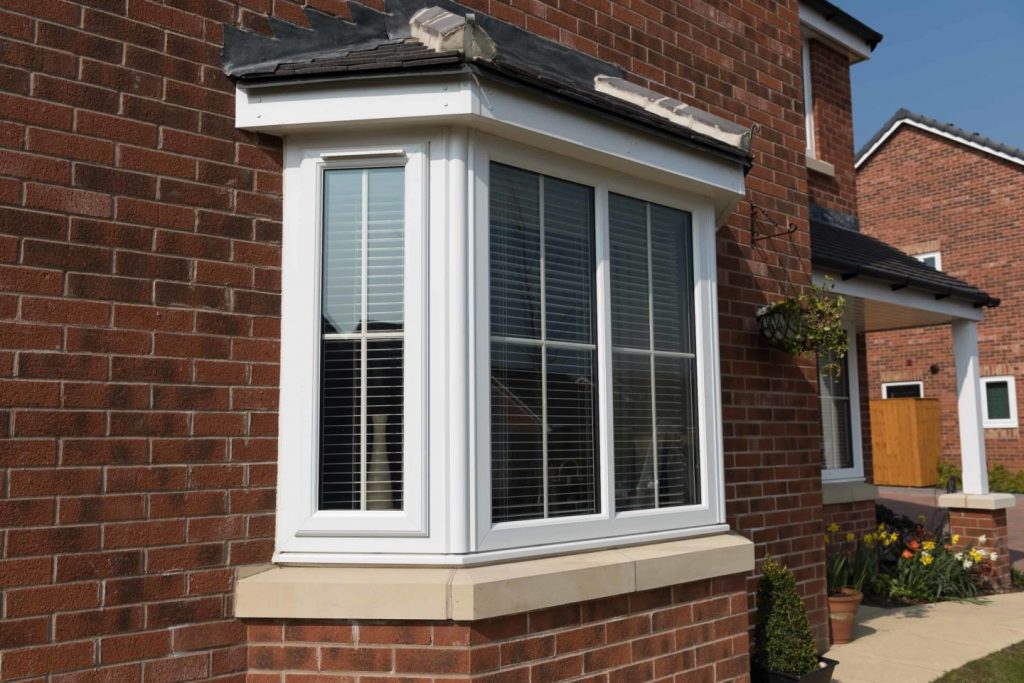
The final option generally considered best for ventilation purposes is the bow window. Bow windows are the largest of the three window types discussed today. Bow windows consist of three or more casement windows that are angled outwards in a curved manner coming out of the house. Homeowners can open these windows on either side of the curve to allow air to flow in.
The main benefit of using a bow window is that it creates the cross breeze of a casement window on both sides. The cross breeze creates a natural air current that moves around the room, picking up the warm air, carrying it outside, and replacing it with fresh air. Bow windows also, as a bonus, provide a massive amount of light and an excellent view of the world outside. These windows are complex to install and are on the upper end of the market, but if you need a large room ventilated, you couldn’t do much better than a bow window.
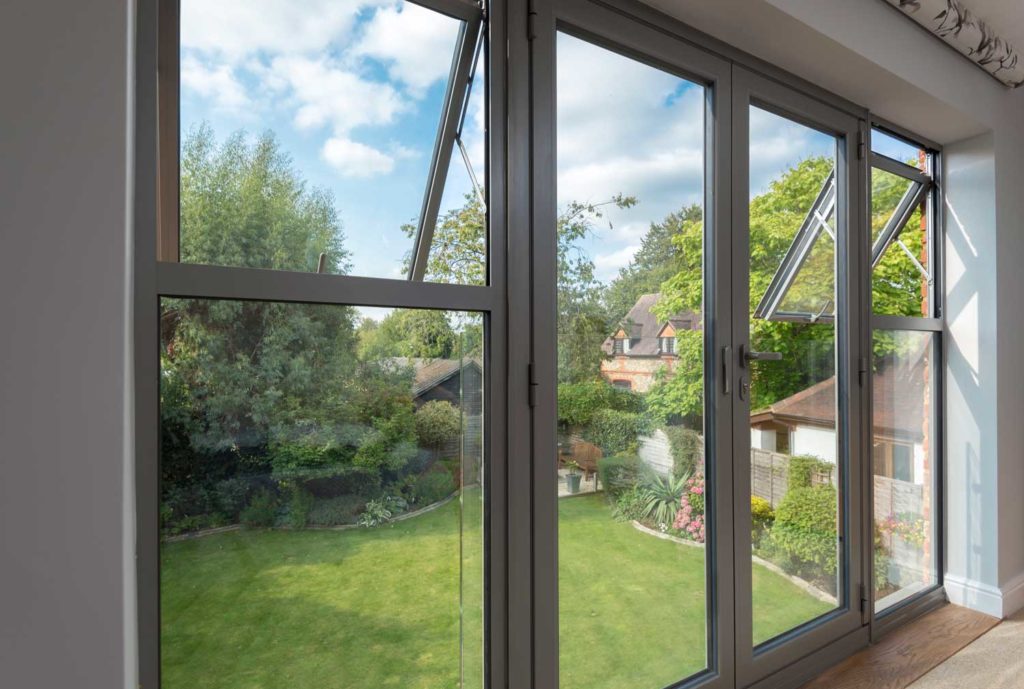
Ventilation is something that should be at the forefront of our minds when deciding on the best windows for us. This time of year particularly can feature warmer temperatures and wetter days, two issues that ventilation is necessary to deal with. It’s important to be aware of the options available and which is best for you.
Therefore, casement windows are best for kitchens and bathrooms and create a cross breeze throughout the home. They are best when paired with a similar window in another part of the home to ensure a clean air draft that runs throughout the house.
Tilt and turn windows, on the other hand, provide the most amount of flexibility when it comes to ventilation. This flexibility derives from protecting the home from water when open on a rainy day. This feature allows for continued ventilation on wet days, keeping moisture build-up within your home low, protecting you from any water damage.
Finally, bow windows offer the best natural ventilation for a large room due to the air current created by the shape and position of the open windows. Although they are complex to install and should only be used for large rooms, they are an incredibly efficient form of ventilation in your home.
There is no one answer for the best window for ventilation as it depends greatly on the home that needs ventilating. Please explore our website for further information on the windows discussed. Feel free to contact us if you have any specific questions or start your free quote today!

